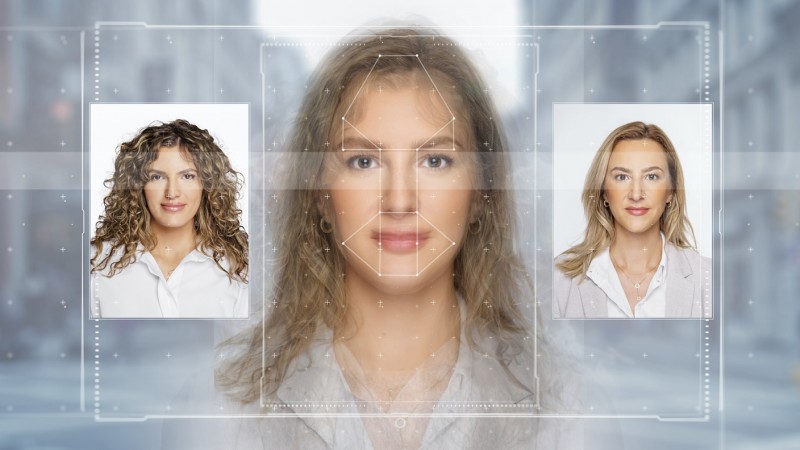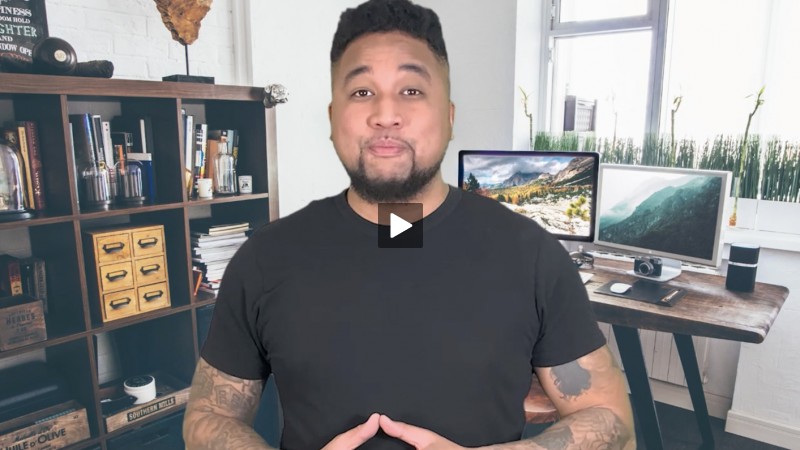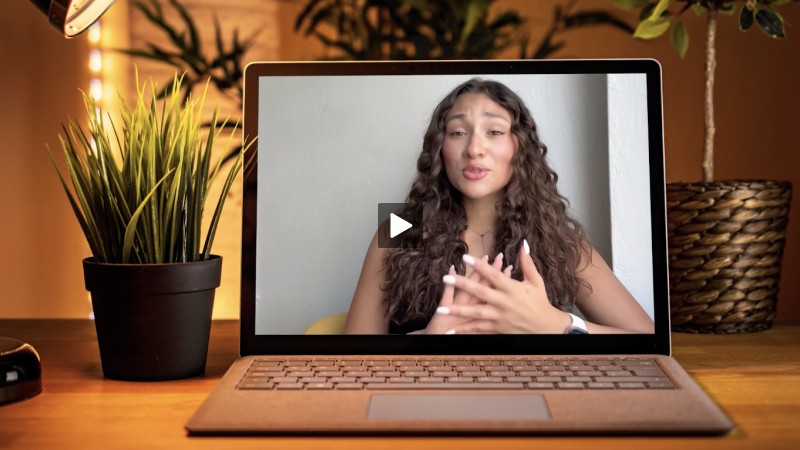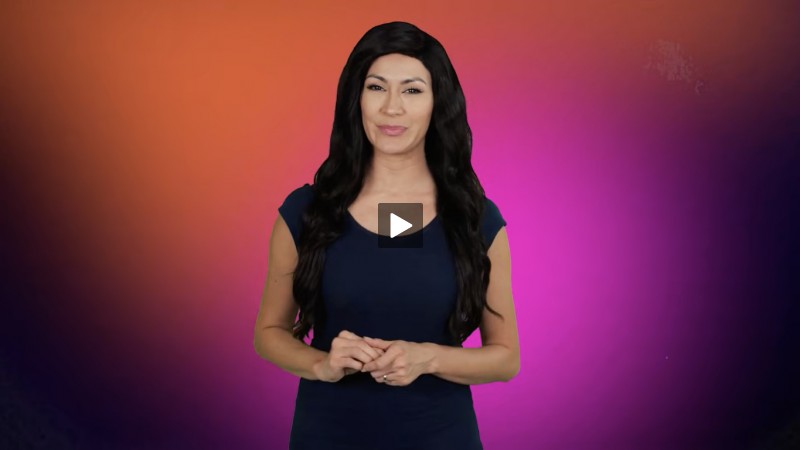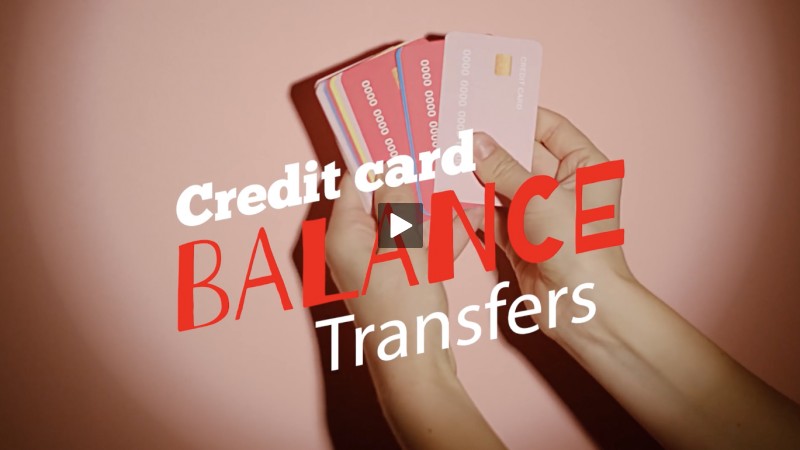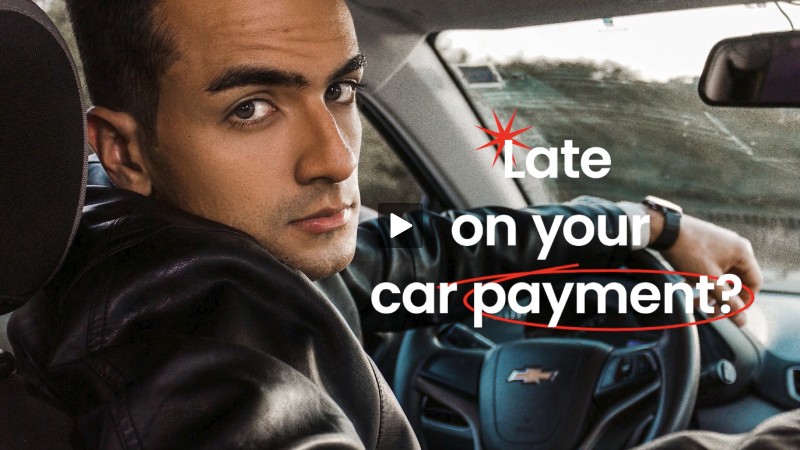Fact, Opinion, Misinformation, Fake News, DeepFakes. What's the Difference?
- Details
- Written by Remar Sutton
- Category: Articles
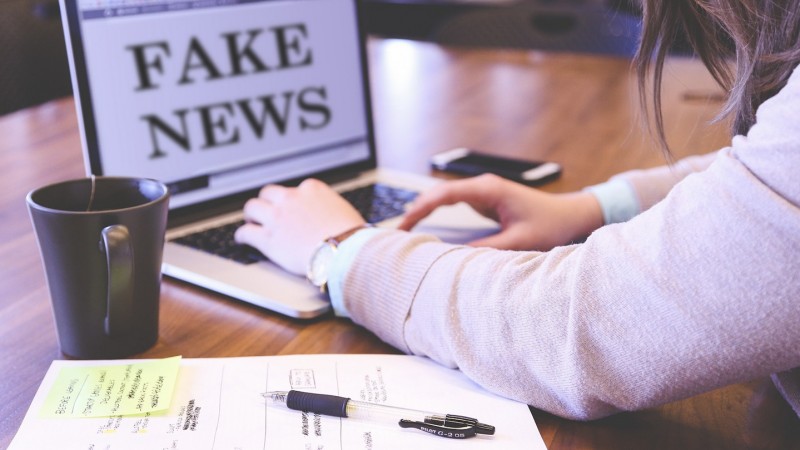
The internet has made an immense amount of information easily available to us. Yet not all of that information is reliable. Unreliable information can take many forms and is designed to be believable. That's why it's important to be able to check out or verify online information.
Misinformation isn't going to go away. Ask questions and do your research before sharing or reacting.
There are many types of information online, so let's start with a few definitions:
-
A fact is something that is known to exist, a real occurrence, or proven to be true
-
An opinion is a view, belief, or conclusion about something but not necessarily based on knowledge or proof
-
Misinformation is basically false or inaccurate information - it could be intentional or not; intentionally spreading misinformation is called disinformation
-
Fake news is false information that is broadcast or published as factual news
-
A meme is an image, video, or text that can spread quickly on the internet
-
Satire and parody are used to criticize people or ideas using humor, irony, ridicule, exaggeration, or sarcasm
-
A deepfake is a video or photo that is digitally altered and typically used to spread false information
How Do You Tell the Difference?
Here are some steps to take.
Be skeptical
No matter where the information may come from - a friend, social media, news, or other source - verify it yourself.
Check sources
Who or what was the original source? When was it created? Is it an opinion piece? Does it have references or other information to support it? Using your favorite search engine, you can quickly find the answers.
Does it cause an emotional response?
If so, don't immediately share it or react to it. Causing anger, fear, disgust or other intense feelings is the goal of some misinformation. Some even try to cause good feelings so that you'll share it.
Check the facts
Use one of the many reputable fact-checking organizations and check pictures with a reverse search. You can even fact check memes and quotes.
Social media
Misinformation policies are different for each social media platform. Even though a platform may label or remove misinformation, they won't catch everything. This article from Consumer Reports summarizes the misinformation policies of the major social media platforms.
Who's Targeted Most?
Seniors are favorite targets of misinformation. Several organizations are now offering online instruction to help. Some of these include:
Senior Planet periodically offers an online session on how to spot fake news. You can check their website for times or sign up for their newsletter.
-
MediaWise for Seniors is a program from AARP and the Poynter Institute. They are offering a free online self-paced course, Hands-On Lessons to Separate Fact from Fiction. Other courses are posted on the AARP online events page and the Poynter News University page.
Misinformation isn't going to go away. Ask questions and do your research before sharing or reacting.
More Tips
The following resources have more tips including learning opportunities such as apps and courses.
Fake News: How to Spot Misinformation from NPR includes text and a podcast.
A voters' guide to combating misinformation ahead of the election and beyond
Fake News, Propaganda, and Bad Information: Learning to Critically Evaluate Media Sources from the Cornell University Library is a short guide.
How to Filter Hate Speech, Hoaxes, and Violent Clips Out of Your Social Feeds














